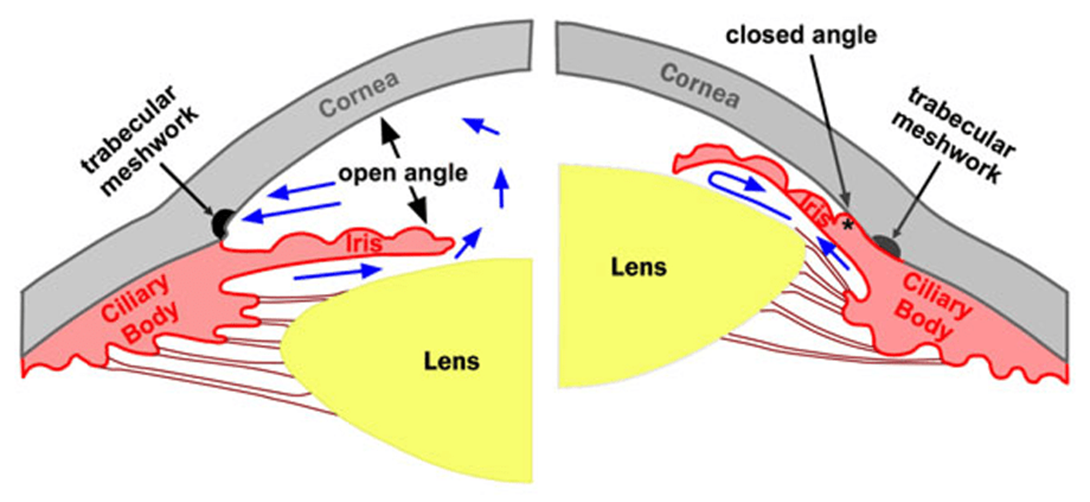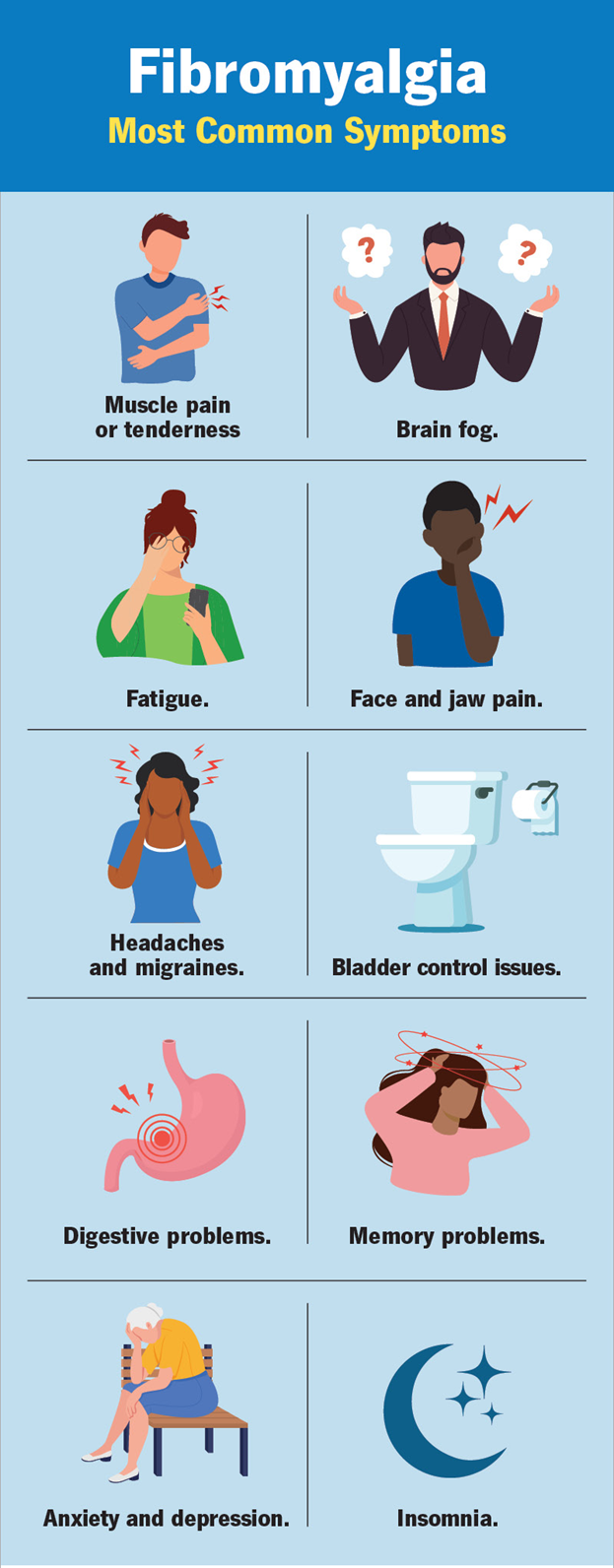A client is receiving miotics for the treatment of open-angle glaucoma. The nurse determines that a priority nursing problem is the risk for injury. This nursing problem is based on which etiology?
Decreased night vision.
Increased sensitivity to light.
Increased frequency of lacrimation.
Diminished color perception.
The Correct Answer is A
Choice A reason:
Decreased night vision is a significant concern for clients receiving miotics for open-angle glaucoma. Miotics, such as pilocarpine, work by constricting the pupil (miosis), which can reduce the amount of light entering the eye. This effect is particularly problematic in low-light conditions, leading to decreased night vision and increasing the risk of injury due to poor visibility
Choice B reason:
Increased sensitivity to light, also known as photophobia, can occur with the use of miotics, but it is not the primary concern related to the risk of injury. While photophobia can cause discomfort and avoidance of bright environments, it does not directly contribute to the risk of injury as significantly as decreased night vision.
Choice C reason:
Increased frequency of lacrimation (tearing) can be a side effect of miotics, but it is not a major factor in the risk of injury. Excessive tearing can cause discomfort and blurred vision temporarily, but it does not pose a significant risk for injury compared to decreased night vision.
Choice D reason:
Diminished color perception is not a common side effect of miotics. Miotics primarily affect the pupil size and accommodation, rather than color vision. Therefore, this choice is not relevant to the risk of injury associated with the use of miotics.

Nursing Test Bank
Naxlex Comprehensive Predictor Exams
Related Questions
Correct Answer is B
Explanation
Choice A Reason:
Notifying the healthcare provider of the contraindication to tetracyclines is not necessary in this context. Doxycycline, a type of tetracycline, is commonly prescribed and does not have a direct contraindication with birth control pills. However, the nurse should be aware of potential interactions and advise the client accordingly.
Choice B Reason:
Advising the client that the birth control pills will be less effective while taking doxycycline hyclate is crucial. Antibiotics like doxycycline can reduce the effectiveness of hormonal contraceptives, increasing the risk of unintended pregnancy. The client should be informed about this interaction and advised to use an additional non-hormonal method of contraception, such as condoms, while taking the antibiotic and for a short period after completing the course.
Choice C Reason:
Instructing the client to take the two medications at least two hours apart is not relevant in this case. The interaction between doxycycline and birth control pills is not related to the timing of administration but rather to the potential reduction in the effectiveness of the contraceptive.
Choice D Reason:
Encouraging the client to stop taking birth control pills until she has finished taking all the doxycycline hyclate is not advisable. Stopping birth control pills can lead to a disruption in the contraceptive regimen and increase the risk of unintended pregnancy. Instead, the client should be advised to use an additional method of contraception.
Correct Answer is C
Explanation
Choice A reason:
Administering a PRN dose of an antianxiety drug might seem like a reasonable action if the tremors are related to anxiety. However, without a clear indication that anxiety is the cause of the tremors, this action could mask the underlying issue and delay appropriate treatment. It is essential to identify the root cause of the tremors before administering any medication.
Choice B reason:
Obtaining orthostatic blood pressure readings is a useful assessment for determining if the client has orthostatic hypotension, which can cause dizziness and fainting. However, this action is not directly related to the complaint of hand tremors. While it is a good practice to monitor vital signs, it does not address the immediate concern of tremors caused by pregabalin.
Choice C reason:
Notifying the healthcare provider is the most appropriate action. Tremors can be a side effect of pregabalin12. The healthcare provider needs to be informed to evaluate the severity of the side effect and decide whether to adjust the medication dosage or switch to an alternative treatment. This ensures that the client receives the most appropriate care and avoids potential complications.

Choice D reason:
Collecting a capillary glucose level is important for clients with diabetes or those at risk of hypoglycemia or hyperglycemia. However, there is no indication in the scenario that the client has diabetes or that blood glucose levels are related to the tremors. Therefore, this action is not directly relevant to the client’s current complaint.
Whether you are a student looking to ace your exams or a practicing nurse seeking to enhance your expertise , our nursing education contents will empower you with the confidence and competence to make a difference in the lives of patients and become a respected leader in the healthcare field.
Visit Naxlex, invest in your future and unlock endless possibilities with our unparalleled nursing education contents today
Report Wrong Answer on the Current Question
Do you disagree with the answer? If yes, what is your expected answer? Explain.
Kindly be descriptive with the issue you are facing.
